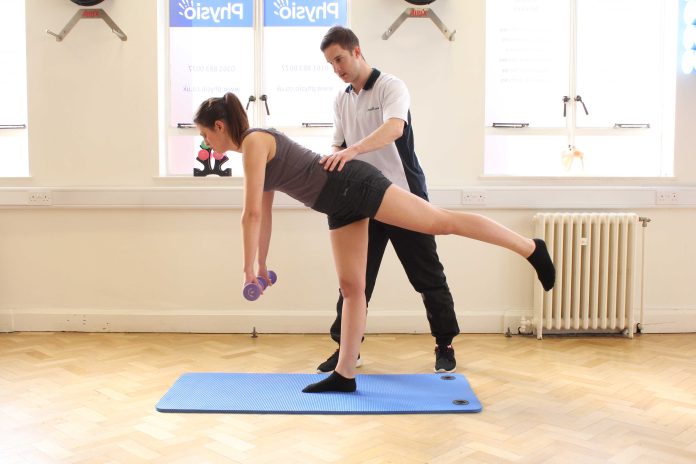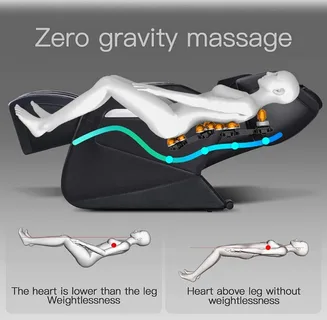Pain symptoms signal that something is wrong in our bodies. It may be sharp and sudden or lingering dull pain. Regardless of its type, pain can harm our lives.
Relaxation techniques are a skill that will require practice to master. They come in many forms, and their effectiveness can vary by individual. Therefore, trying a few techniques is vital for choosing the best approach for you and practising it regularly. Remember to consult your doctor to learn more about relaxation techniques or visit getdiazepam to get authentic pain relief medicines.
What is a Relaxation Treatment?
Relaxation is one example of a non-pharmacological treatment increasingly accepted as an intervention for pain reduction and coping. A relaxed condition often involves feelings of psychological and bodily well-being and calmness.
Relaxation techniques decrease the activation of the sympathetic nervous system by evoking an opposite reaction to the stress response, namely a relaxation response. As a result, relaxation techniques are associated with reduced blood pressure, oxygen uptake, respiratory frequency, heart frequency and muscle tension. In addition, relaxation techniques have several detectable physiological effects, for example, lower cortisol levels and inhibition of inflammatory processes.
Current evidence suggests relaxation techniques such as mindful meditation can assist with managing symptoms associated with chronic pain. In addition, relaxation techniques help the body by:
- Relaxing and calm can boost our “feel good hormones.”
- Allowing us to accept the “here and now” as best we can through learning mindfulness techniques.
- Changing our neuroplasticity and mental flexibility by reducing the burdens of unhelpful thinking cycles.
- Reducing distress associated with pain is new and exciting research with functional magnetic resonance imaging (fMRI), where brain activity patterns can be changed when a person is in pain or meditating.
Table of Contents
Controlled Deep Breathing
When you feel anxious or stressed, the body activates its ‘flight or fight response that changes your breathing pattern, making it shallow and rapid. Shallow breathing can prolong the feeling of tension. Controlled deep breathing techniques help the body restore relaxation and a sense of calm. To feel the benefits of Controlled Deep Breathing, sit in a comfortable chair and place one hand on your abdomen. As you take slow deep breaths, concentrate on breathing right down into the belly rather than your chest.
Listen to Soothing Music
Calming music is a relaxation method that is effective in chronic pain management. For example, a study reveals that relaxing music reduces the pain perception of people with fibromyalgia. Moreover, researchers confirm that sounds at different frequencies can create other states of mind, including pain perception. For example, the lowest solfeggio frequency at 174 Hz lessens the tension in the body, relaxes muscles, reduces stress, and acts as a natural pain relief.
Calming music can tend to lower the level of stress hormones. Stress activates our nervous system, increasing our heart, blood, and breathing rates. These changes can make physical sensations and pain signals feel more intense.
Progressive Muscle Relaxation
Progressive muscle relaxation involves several groups of muscles in your body. These muscles are tensed and relaxed, progressing from head to toe or vice versa. By systematically tensing particular muscle groups within the body and then releasing the tension, this exercise helps you to notice the difference in how the muscles feel. The goal of this technique is for people to see the difference they feel in their bodies between tense and relaxed states. You should spend 15 minutes on this exercise.
There is no fixed order in which to work through various muscle groups, but try to include the following body areas:
- Hands and fingers
- Face (forehead, eyes, nose, mouth, jaw)
- Back/stomach
- Feet/toes
- Arms
- Neck/shoulders
- Legs
Imagery
Imagery is a form of relaxed and focused concentration. It involves creating a mental picture of an event or place and involves the smells, sounds, noises, feelings, and tastes a person might have if they are actually there. Imagery shifts attention away from the present reality, allowing you to control where you would like to imagine yourself. Focusing on a favourite event or location for your imagery will enable you to move away from your pain for some period. The use of imagery is a skill that takes practice to master.
Mindfulness
Mindfulness is a state of being completely in touch with your present moment. It is a state of being aware, from moment to moment, of your thoughts, feelings, physical sensations and the environment around you. The aim is not so much about relaxing but more about calmly noticing things. Two mindful techniques are focused breathing and body scanning.
Externalising
This particular relaxation technique has been found especially useful for people with chronic body pains, including back, neck, and foot pain and headaches.
This technique follows a specific set of steps. It is generally done with an assistance of a friend or a professional. The basic steps followed include:
- Get into a relaxed state of mind.
- Speaking slowly and softly, the professional guides you through a verbal exercise. This vocal exercise focuses on developing a defined picture of your pain.
- Your guide will ask you to focus on the pain and determine its size, shape, colour etc.
- Once a clear picture is made, the mind will be asked to focus on dissolving the object, hence the pain.
Hot Bath
A hot bath can be more than a way to manage anxiety after a long day. When used as a relaxation technique, it can aid in relieving pain and reducing stress. In addition, the water’s heat helps increase blood flow and reduces muscle tension.
A hot bath can be helpful if you suffer from headaches or muscle aches. The moist air also assists in opening up airways and improves breathing, which can be beneficial if you have asthma or allergies. Soaking in a hot bath can clear your mind and ease anxiety.
Conclusion
Relaxation is stress coping and relieves anxiety. It is well known that being relaxed helps to minimise and manage your pain. Muscle tension is around painful body areas. Having tense muscles can even make the pain worse.
















